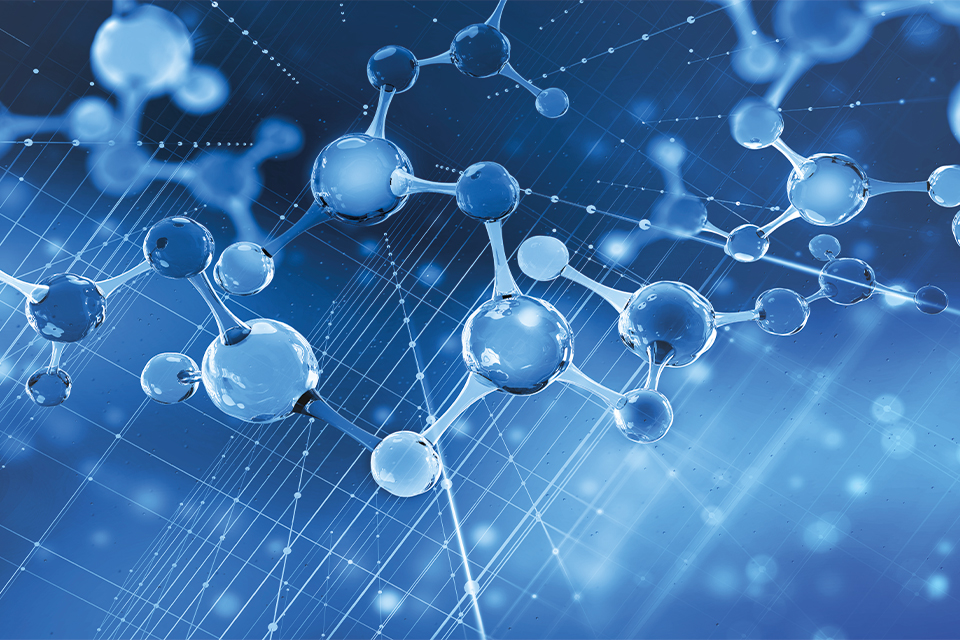2017-11-03
How Does a Gas Analyser Work?

Whatever you want to detect, you need to identify a property of the object that is easy-enough to measure. When it comes to monitoring and analysis of gaseous species (atoms or more commonly molecules), it turns out that it often is possible to utilize the optical properties of the gas. You need a light source, a light detector, and a characteristic behaviour of the gaseous species in question allowing it to be separated from all other gaseous species that might occur in the same gas mixture.
One method used for gas analysis is called DOAS, read out as Differential Optical Absorption Spectroscopy. The light source is a xenon lamp and the detector is in its basic configuration a spectrometer, disclosing the fine details of a selected wavelength range, or “window”. Different windows are used to detect different gaseous species, or groups of such species. Mathematical processing of the detected spectrum and comparison with pre-recorded spectra of known gases and known concentrations within the selected window allow the actual gas concentration to be calculated. As a result, also being one of the advantages of the DOAS technology, is that multiple gases can be monitored using the same instrument.
However, other optical detection schemes also exist, in some cases in combination with forced chemical reactions. Such analysers are sometimes called “conventional” since they represent an elder technology and the traditional way to monitor gases. For example, in a chemiluminescence-based NOX analyser, any NO2 is first converted to NO. The resulting NO molecules are then forced to react with ozone from a built-in generator. The reaction results in light being emitted. The light intensity is proportional to the NO (NOX) concentration. In fluorescence-based SO2 analyser, narrow-band UV light is used to excite the SO2 molecules. When de-excited, they emit UV light at a different wavelength. The intensity of the emitted light is proportional to the SO2 concentration.
Whether you apply gas analysis to ambient air quality monitoring, continuous emissions monitoring or process gas monitoring, the operating principles are usually the same despite the monitored ranges of gas concentrations can differ by several orders of magnitude: ambient air gas concentrations measured in µg/m3 (ppb), process gas concentrations in mg/m3 (ppm). However, in DOAS instruments, you compensate for this by orders of magnitudes different optical path lengths, and in conventional instruments, you pre-process the gas sample by dilution.
A conventional gas analyser is usually cheaper than a DOAS instrument, but you often need one conventional gas analyser for each type of molecule, and they require much more maintenance than DOAS instruments. Total cost of ownership is normally much lower for a DOAS gas analyser, at the same time as it usually produces more reliable data with less downtime for maintenance.
